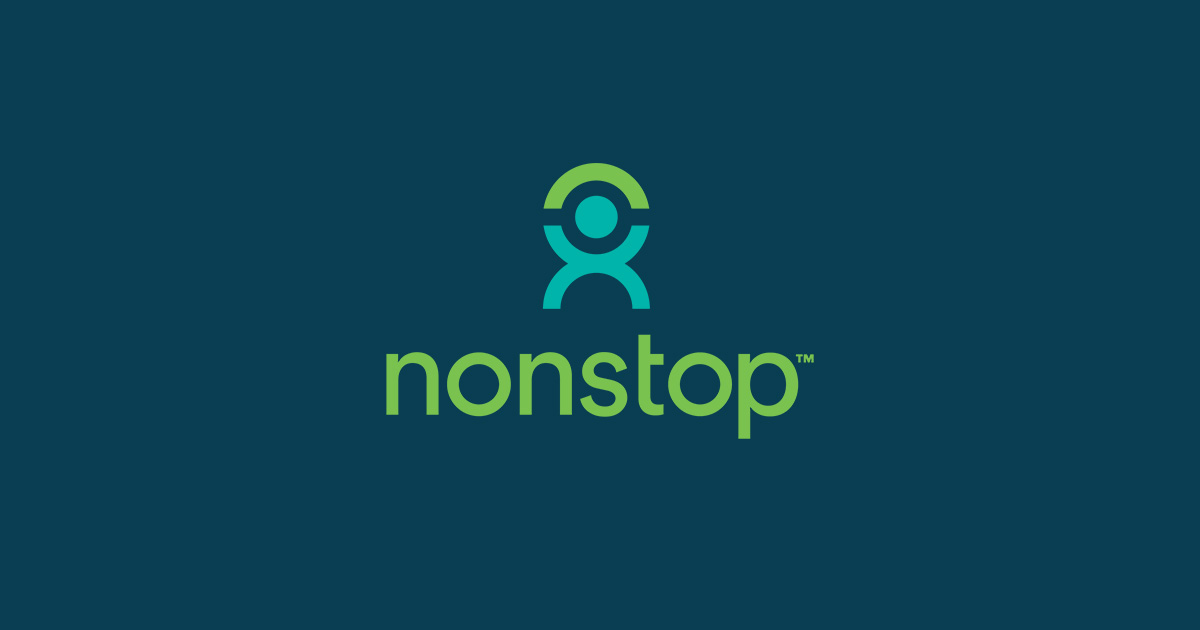Hearing is Believing
Megan* slowly put her hand back in her lap as she was called upon to ask her question at her company’s open enrollment meeting. “So what you’re saying is…” began Megan, a director, and single mother, “... with this new health insurance benefit, as long as I’m in-network, I can get the care my family and I need without worrying about the cost?”
The open enrollment speaker from Nonstop Administration and Insurance Services, Inc. echoed the company’s HR Director, confirming that first-dollar coverage means that employees do not have to pay upfront costs like copays, deductibles, or prescriptions and that all they need to do is swipe the Nonstop Visa™ card.
Still in disbelief, Megan replied: “So, with Nonstop Health™, I can go to my child’s doctor and get what he needs so he can hear? Thank you!” Her voice cracked slightly as she realized how this would impact her family. All because her company chose a health benefits plan that put their employees and their families first.
The Truth of the Matter
Healthcare debt, and often the financial barriers to accessing care, are not just problems for lower-wage earning workers; these challenges can impact families at all income levels. Megan’s struggle, which is not unique, is based on the lived experience of someone whose company changed to Nonstop Health, a health benefits program that uses a first-dollar coverage approach to health benefits, enabling her to provide needed care to her family.
The Link Between Finances and Accessing Care
A 2022 Gallup poll found that 35% of working-age individuals ages 18 to 49, just like Megan, put off medical treatment for themselves or their families due to financial barriers. This can lead to employees delaying or postponing necessary care and likely avoiding preventative care. Access to primary and preventative care leads to happier and more productive employees, fewer emergency room visits, and fewer long-term medical expenses.
Where First-Dollar Coverage Fits In
Megan’s employer chose a first-dollar coverage approach to health care plan design that paired a high-deductible health plan (HDHP) with a MERP, resulting in lower annual premiums for the employer and lower costs without reducing employee benefits. Specifically, first-dollar coverage allows employees to access care without paying upfront costs such as copays, deductibles, other out-of-pocket expenses, or prescriptions.
How to Offer First-Dollar Coverage
Offering first-dollar coverage to new hires and existing employees positively impacts recruitment and retention. The Nonstop Health program helps employers reduce their annual premiums, provide equity and access to healthcare, and maintain a competitive advantage in the marketplace.
To discover how first-dollar coverage can reduce costs, improve outcomes, and provide peace of mind for both employers and employees, learn more here (link to Intro to NSH for Employers), contact your broker to share this introductory video (link to broker Intro to NSH) and ask them to look into Nonstop Health.
*Name and story changed to protect privacy

.png?width=1501&name=Nonstop_Logo-22-Horizontal%20(2).png)


